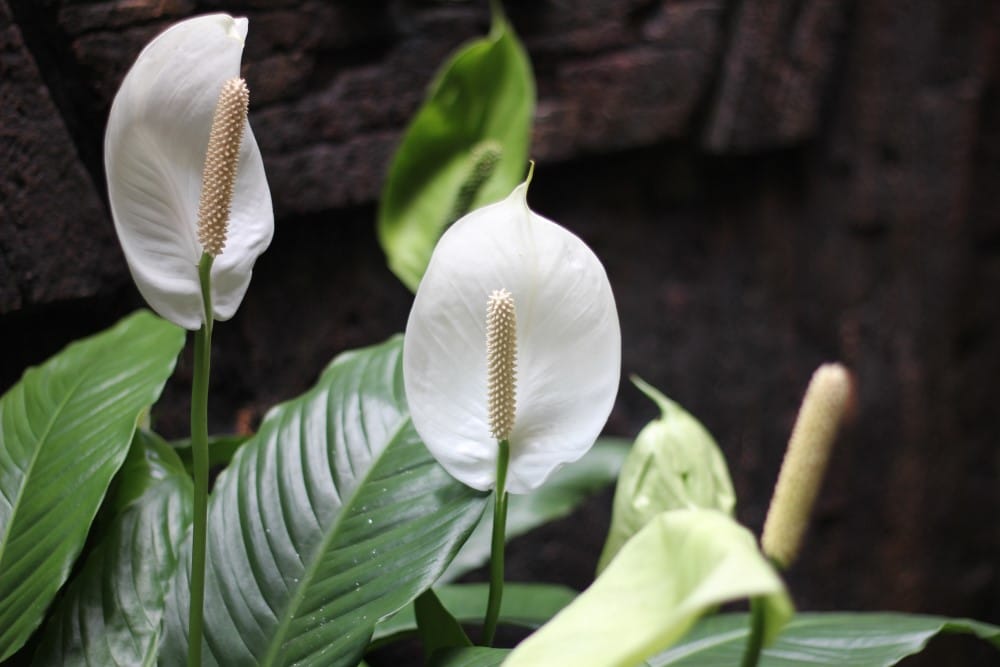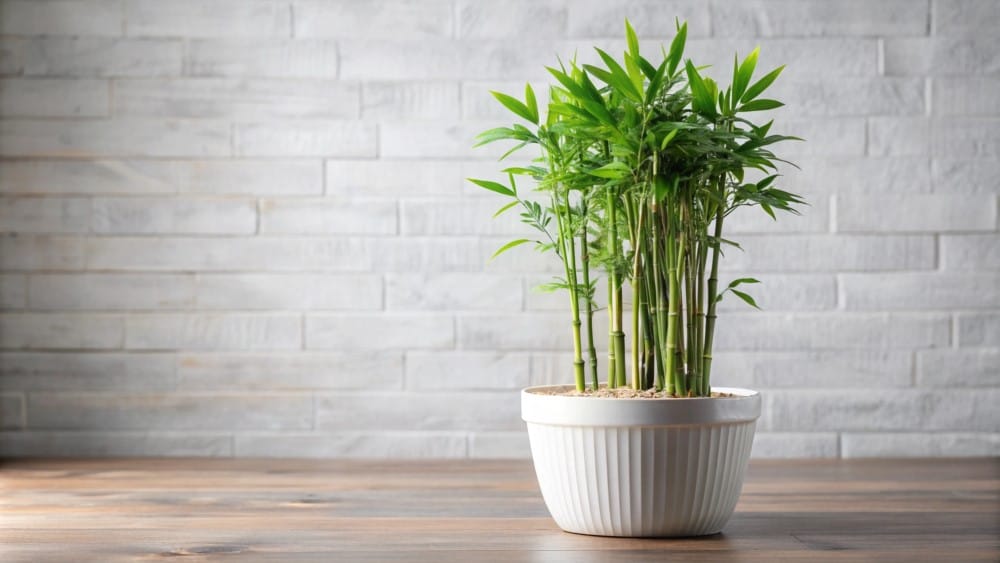
5 Best Air-Cleaning Indoor Plants for Home According to NASA Study
NASA’s study reveals which indoor plants clean the air best. Find out if your favorite houseplant made the list.
By:
The Good Home Daily
Posted on May 15, 2025
Plants have long been celebrated for their aesthetic appeal, calming presence, and potential health benefits. This is likely why, amidst the 2020 pandemic, many Filipinos turned to indoor plants as a source of comfort and distraction.
However, the rise of Plantitos and Plantitas, as they are called, led to a significant increase in plant prices, with some species seeing price hikes of 200% or even 300%.
High prices aside, the desire to bring greenery indoors remains strong.
If you’re here, chances are you’re considering adding plants to your home or office. But with so many options to choose from, finding the right fit can be overwhelming. To help you make an informed decision, we’ve drawn insights from the renowned NASA Clean Air Study conducted in 1988.
In case you are not familiar with it, this study assessed the air-purifying abilities of various plants and provides valuable data on which species are most effective at removing harmful indoor pollutants.
Based on the data from the NASA study, the following houseplants consistently demonstrated high effectiveness in removing a range of indoor pollutants.
1. Gerbera Daisy (Gerbera jamesonii)

Place a Gerbera Daisy in your living room, and it will easily charm your guests. But this plant is more than just an eye-catcher; it also excels at purifying the air.
Among all plants tested in the 1988 Clean Air Study of NASA, the gerbera daisy was the most effective in removing benzene from a sealed experimental chamber. The plant removed 107,653 micrograms of this harmful chemical per plant in 24 hours.
Benzene is a carcinogenic chemical found in many everyday items such as gasoline, inks, oils, paints, plastics, and rubber. Long-term exposure to benzene can lead to serious health risks, including leukemia.
Apart from benzene, the NASA study also found its effectiveness in removing trichloroethylene and formaldehyde, two other common indoor pollutants. Formaldehyde, in particular, can cause myeloid leukemia and rare cancers.
Now, the Barberton Daisy is a versatile indoor plant, but raising it can be very tricky. It thrives under full sun but is sensitive to direct rays. And it’s always asking for just the right amount of humidity and air circulation. Yep, this plant can be a bit of a diva.
So, to make this plant happy and flourish, we suggest placing it near bright windows, preferably those facing east or west. A sheer curtain can help soften the rays. And please, no radiators, vents, or other heat sources nearby.
2. Peace Lily (Spathiphyllum Mauna Loa)

If you’re looking for an elegant indoor plant that’s also low-maintenance, the Peace Lily is perfect for you. Its graceful leaves and delicate white blooms add a touch of sophistication to any room. But this plant isn’t all about beauty, it also has serious air-purifying capabilities.
During NASA’s 1988 experiment, Peace Lilies consistently outperformed other plants in removing trichloroethylene, with one plant eliminating 27,064 micrograms in 24 hours. The study also revealed that they can remove benzene and formaldehyde.
Unlike the Gerbera Daisy, Peace Lilies are super easygoing. They thrive in low-light conditions, making them ideal for those dimly lit corners of your home.
Peace Lilies also love plenty of water, but be careful not to overdo it. Allow the top inch of soil to dry out slightly between waterings.
3. Janet Craig (Dracaena deremensis)

Janet Craig is another ideal option for those who want a low-maintenance houseplant. Its tall, slender form adds a vertical element to any indoor space. What’s more, this plant is also an effective air purifier.
In NASA’s experiment, it ranked second in removing formaldehyde, absorbing a remarkable 48,880 micrograms of this harmful chemical in just 24 hours. It also removed trichloroethylene (18,330 micrograms) and benzene (25,968 micrograms).
As a tropical plant, Janet Craig enjoys bright, indirect sunlight. But do not worry if your home lacks natural light. It is quite adaptable and can thrive in low-light conditions.
When it comes to watering, the Janet Craig is a bit of a minimalist. Water it every 7 to 10 days, ensuring the soil dries out between waterings.
4. Bamboo Palm (Chamaedorea seifritzii)

Bamboo Palms are a great choice for those who want a larger houseplant that makes a statement. With their tall, slender stems and feathery leaves, they bring a touch of the tropics right into your home. And as an added bonus, they are fantastic air purifiers.
In NASA’s experiment, the Bamboo Palm removed the highest amount of formaldehyde in a sealed chamber. A single plant absorbed 76,707 micrograms of this harmful chemical in just 24 hours.
But it was not just formaldehyde, the Bamboo Palm also did a great job tackling trichloroethylene (16,520 micrograms) and benzene (34,073 micrograms).
The Bamboo Palm is pretty low-maintenance when it comes to light. It thrives in low to medium light conditions and can even tolerate bright light, as long as it is not too intense.
When it comes to watering, aim to keep the soil consistently moist but not soggy. Let the top inch of soil dry out slightly between waterings.
5. Mother-in-Law's Tongue or Snake Plants (Sansevieria laurentii)

Mother-in-Law’s Tongue, popularly known as Snake Plant, is a popular succulent plant. Their striking appearance, with their long, upright leaves and dark green bands, can add a touch of elegance to any space. They are available in various sizes and shapes, allowing you to choose the perfect plant for your home or office.
However, it’s the air-purifying capability that earns this plant a spot on the list. In the NASA experiment, the Snake Plant outperformed some of its leafy counterparts, ranking just behind the Bamboo Palm and Janet Craig.
The Snake Plant removed 31,294 micrograms of formaldehyde. It also removed 28,710 micrograms of benzene and 9,727 micrograms of trichloroethylene.
The best part? The Snake Plant is incredibly beginner-friendly. It’s highly adaptable and can thrive in various light conditions, including low-light environments.
When it comes to watering, less is more. Wait until the soil is completely dry before giving it a deep drink. Overwatering is the quickest way to kill a Snake Plant, so water with care.

